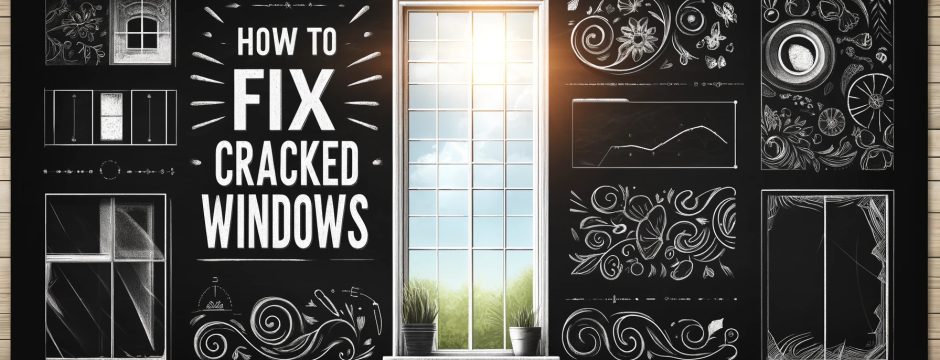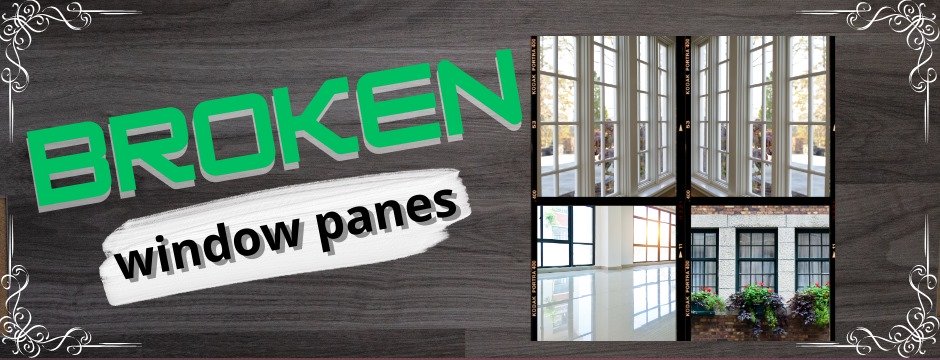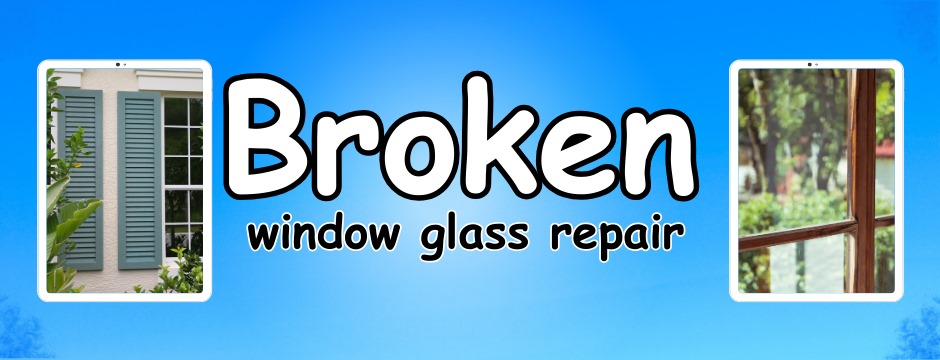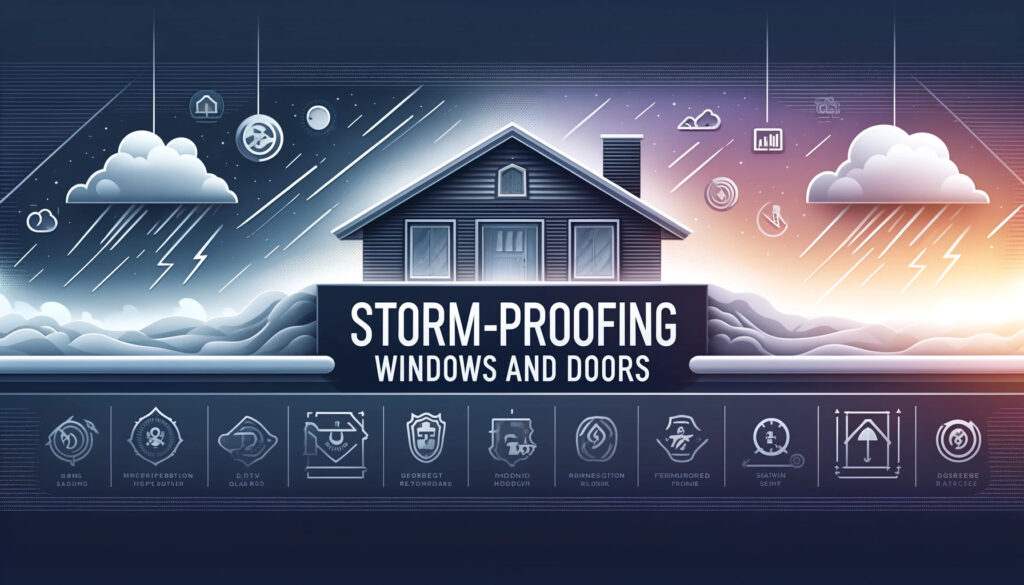
How to Repair Cracked Windows: Temporary Fixes and When to Consider Replacement
Unexpected incidents like a severe storm, a stray ball from your neighbor’s child, or a stone kicked up by your lawn mower can suddenly leave you with a cracked window. Learning how to manage a window crack isn’t as daunting as it might seem. The crucial thing is to act quickly before the crack worsens. If the crack has already spread extensively or if applying pressure causes the glass to bend or risk shattering, then a DIY repair might no longer be feasible.
For single-pane windows, any repair is typically a temporary fix, as these specialty doors and windows lack energy efficiency and are becoming outdated due to advances in window technology. In such cases, replacing the window might be a more sensible long-term solution.
Double- and triple-pane windows, which are filled with insulating gases, offer better energy efficiency. A crack can compromise this by allowing the gas to escape, thus reducing the window’s ability to insulate. Promptly addressing cracks is crucial to maintain their efficiency.
How to Fix Cracked Windows
You can approach fixing a cracked window in two ways: a temporary fix that handles the immediate issue or a more comprehensive repair that ensures a lasting solution. Below are both methods:
Temporary Window Fixes
While only a short-term solution, these methods can prevent the crack from spreading and maintain the window’s structural integrity until you can undertake a more permanent repair. These methods are cost-effective but may not enhance your home’s exterior appearance.
1. Glass Adhesive: Typically used for car window repairs, glass adhesive can also mend home windows. It’s available online or at auto maintenance stores. Follow the provided instructions for application.
2. Nail Polish or Super Glue: Applying multiple layers of clear nail polish or super glue can seal the broken window. Remove any excess after each application for a neater look, allowing each layer to dry before adding the next.
3. Plastic Brace: For an immediate but temporary fix, cover the crack with a plastic piece, like a thick notebook cover, taping it securely on both sides of the glass. Ensure the plastic extends over the entirety of the crack to stabilize the window temporarily and protect against further damage from external elements.
4. Strong-Hold Tape: Using heavy-duty tape, such as masking or packing tape, can temporarily hold a crack together. For minor stress cracks, a single strip of tape on each side may suffice. For more severe impact cracks, consider doubling the tape. Extend the tape a few inches past the crack on both ends to secure it further.
These fixes are primarily intended to offer temporary relief until a more sustainable solution can be implemented. For extensive or critical damage, consulting a professional for a full window replacement is often the safest and most effective approach.
Conclusion
Dealing with a cracked window can be inconvenient, but addressing the issue promptly can prevent further damage and potential safety hazards. While temporary fixes like glass adhesive, nail polish, or strong-hold tape can provide a quick solution, they are not permanent. For long-term durability and efficiency, particularly with single-pane windows or extensive damage, considering a replacement is often the more practical and cost-effective choice. Assessing the severity of the crack and the type of window you have will help you decide the best course of action—whether that’s a simple DIY fix or a professional replacement to ensure your home remains safe, secure, and energy-efficient.









